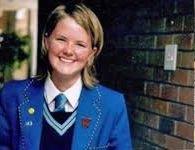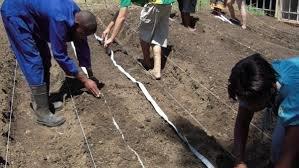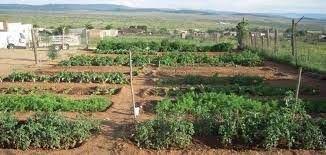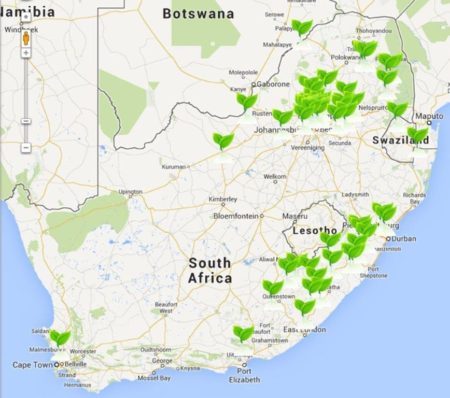 Claire as a student
Claire as a student
In 2002, Claire Reid was a 16-year-old Grade 10 student attending St. Teresa’s Mercy School in Rosebank, Johannesburg. She wanted to grow vegetables to sell to her parents for extra pocket money. However, she soon became frustrated by the wastage of seed and fertiliser and the seeds would not stay in the soil at the correct depth and distance apart. She asked her nanny, Meggi, to help her by holding the seed packet and passing her the seeds while explaining the instructions on the back of the packaging. Meggi was unable to help Claire because the instructions were only in English and contained mathematical language that Meggi was not able to understand. It was at this point that Claire decided she needed to create a way to both plant and keep the seeds and nutrients in the soil at the correct depth and distance apart, a form of planting that needed no mathematical or English education to understand.
Claire began to make seed strips with newspaper and encased the seeds using a paste made from flour and liquid fertiliser. She called this Reel Gardening. This project was entered into the Eskom Expo for Young Scientists to gain some extra marks for Grade 10 Science. It was found that Reel Gardening was able to save up to 80% of the water consumed during the germination phase. Subsequently she went on to win the International Stockholm Junior Water Prize for South Africa. This story appeared as an article in Mercy Alive in 2002.
We often wonder what the students in our schools accomplish after they leave a Mercy School and move out into the world.
Claire turned her school science project into an extremely successful business and at the same time enabled poor, unemployed families to grow their own vegetables.
 Laying the tape
Laying the tape
How does Reel Gardening work? Reel Gardening manufactures a patented biodegradable seed tape. The instructions for planting are in picture form so that even children can become gardeners without having to translate the instructions from an unfamiliar language. The seeds are attached to the tape which is planted vertically with a colour tab above the soil. This holds seeds at the correct depth for optimum germination. Once planted, the seed label can always be seen and so the gardener can know exactly what is planted and where it is planted. There is no need to water the whole garden, just the seed or plant as it begins to sprout. The tape stays damp longer and holds water around the seed. This saves water in the dry gardens of South Africa.
Reel Gardening reaches out to unemployed mothers to assist them in providing nutritious food for their families. They also learn how to prepare the tape.

Claire has been using her product in school gardens which provide the children with healthy food. The teachers pass on the planting method to the children who take home learning kits that can be used by their families in their gardens. The kit will provide one serving of vegetables a day for 50 people for 4 months. This encourages the children to take food security seriously.

Reel Gardening is planning to encourage promising household farmers to become commercial contract growers. The 3 Year Goal: To reach 125,000 Households (500,000 beneficiaries). There are Reel Gardening centres all over South Africa. (see map).
 Claire today
Claire today
Where is she now? Quietly trying to improve the lives of those who have less.
Colleen Wilkinson rsm
South African Province


